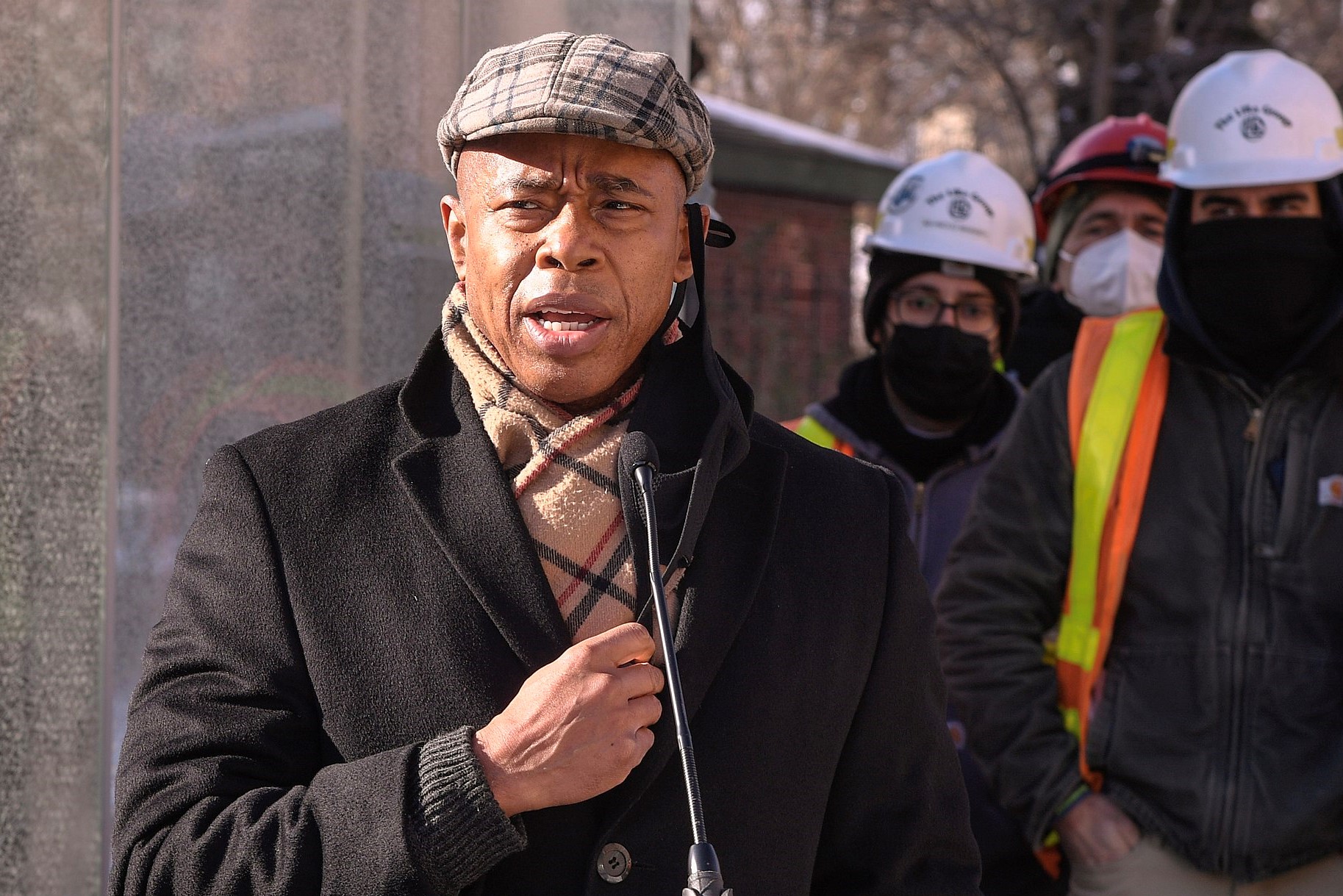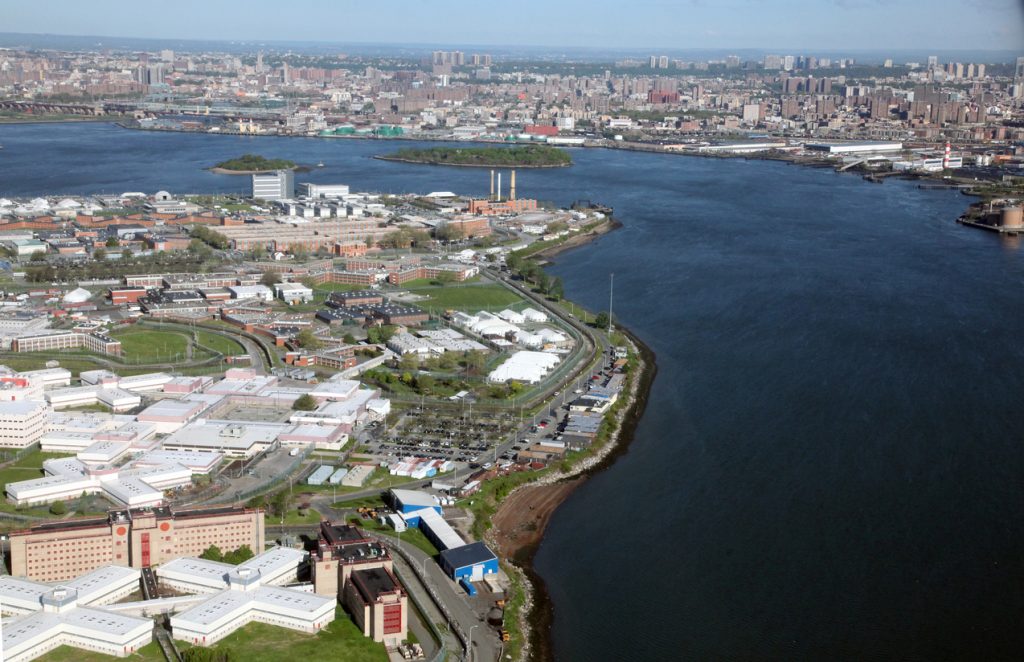
03 Jan NYC Mayor Eric Adams’ Semantics About Solitary Confinement
Early Saturday morning, New York City officially swore in Eric Adams as its 110th mayor. His swearing-in ceremony took place shortly after midnight on New Year’s Eve in Times Square. “Times Square has long been synonymous with the New Year — a place of excitement, renewal, and hope for the future,” Adams said in a statement. “These are the same themes that animated my campaign and will inform my mayoralty, as I prepare to lead the city out of this challenging period,” he claimed. But when it comes to solitary confinement in NYC, Adams’ message of excitement, renewal, and hope is hard to find.
NYC’s Adams claims he’s against “solitary confinement,” but he endorses “punitive segregation.”
Over the weekend, Adams reiterated his campaign claim that he “opposes” “solitary confinement” in jails and prisons. But he also openly endorses the use of “punitive segregation,” something he also doubled-down on over the weekend. If you’re wondering what the difference between solitary confinement and punitive segregation is, you might be on to something. That’s because there isn’t really a difference. That’s the point Scott Hechinger, a civil-rights attorney and the Executive Director of Zealous, emphasized on Twitter. ” ‘Punitive segregation’ is solitary confinement,” he tweeted over and over again.
And if you don’t take his word for it, take New York City’s own words for it instead. “Punitive Segregation (PSEG, also known as solitary confinement) is a restrictive housing area where people are locked in their cells for twenty-three (23) hours of the day as punishment for a violent offense,” the city’s website states. Read that first part again: “Punitive Segregation (PSEG, also known as solitary confinement)….” You can’t make it any clearer than that.

Yet Adams continues trying to convince everyone he opposes one but supports the other.
If the City defines punitive segregation and solitary confinement the same, why does Adams continue emphasizing these semantics in public? Only he can answer that question, obviously. But the perspective from the New York City Correction Officers’ Benevolent Association, Inc., the self-labeled “second-largest municipal jail union in the nation and the second-largest law enforcement union in New York City,” might offer some insight. After all, Adams spent more than two decades in law enforcement before launching his career in politics.
According to the union, ” ‘[s]olitary confinement’ is not a term used by corrections professionals.” Instead, they claim, “[t]hat term, and those like it, is a well chosen demonizing expression created by the prison reform movement geared at evoking a reaction.” Not only do critics of solitary confinement “demoniz[e]” and try to “evoke[e] a reaction,” the website asserts, they also “do not bother to define their terms, and conflate all types of segregation or isolation of incarcerated persons – whether for their own safety, that of others, or as punishment for violent behavior….”
Debates over semantics have always been an effective way to stop reform in its tracks.
Ultimately, the union wants the public to trust the government, not its critics. “Public officials are often more careful, and yet the distinction [gets] lost in the mix of politics,” the site states. But, if public officials are truly more careful with “the distinction” between “solitary confinement” and “punitive segregation,” where can the public go to better understand that purported distinction? It certainly isn’t NYC’s website, because, again, it tell us that “[p]unitive segregation” is “also known as solitary confinement.”
Yet, as prison-reform advocates call for the end of solitary confinement, and pro-incarceration voices continue to emphasize the semantics that go with it, solitary confinement (or whatever you want to call it) will continue — to the detriment of incarcerated people and the taxpayers who fund it.
Back in March, Adams’ predecessor, Mayor Bill de Blasio, announced a plan that he claimed would “end” solitary confinement. Under de Blasio’s plan, incarcerated people in “punitive segregation” would get at least ten hours out of their cell everyday. They would also receive certain programming and spend time around their peers on Rikers Island. While the framework was far from perfect — for instance, it didn’t limit the amount of days someone could spend in solitary confinement — it was still progress.

NYC celebrated the “end” of solitary confinement earlier this year, but it’s clearly still around.
The NYC Board of Corrections approved de Blasio’s plan to “end” solitary confinement in June. In a positively spun press release entitled “NYC Board of Correction Votes to end Solitary Confinement in City’s Jails,” the Board claimed that it had “voted unanimously to end solitary confinement in the City’s jails.” “New York City is going further than any jail system in America to ban solitary confinement once and for all,” de Blasio said at the time. “Through our work with our Board of Correction, we have found a plan that will provide a safe and humane environment for those who are incarcerated and officers alike.”
But solitary confinement (or, as certain officials might say, “punitive segregation”) didn’t come to an “end” last summer. Just this past week, the new mayor reiterated his plan to use it. And, as he told the City Council members who want to end solitary confinement, its his way or the highway. “There is a body of people that are coming into the City Council,” he said. “[T]hey have no desire in moving our city forward. Their desire is to be disruptive.” Adams continued, “What am I going to do? I’m going to ignore them. I’m going to stay committed, undistracted and I’m going to grind. If they like it or not, I’m the mayor.”
Ultimately, Adams’ message to NYC is clear: solitary confinement is here to say whether “they like it or not.”
In the meantime, organizations around the world will continue to criticize the U.S.’s reliance on solitary confinement as a form of torture (like here, here and here). Yet, for now, solitary confinement is here to stay in NYC whether “they like it or not,” as Adams said. After all, he’s in charge: “I’m the mayor.” That has a very different ring to it than the message of “excitement, renewal, and hope for the future” that Adams says “animated” his campaign.

